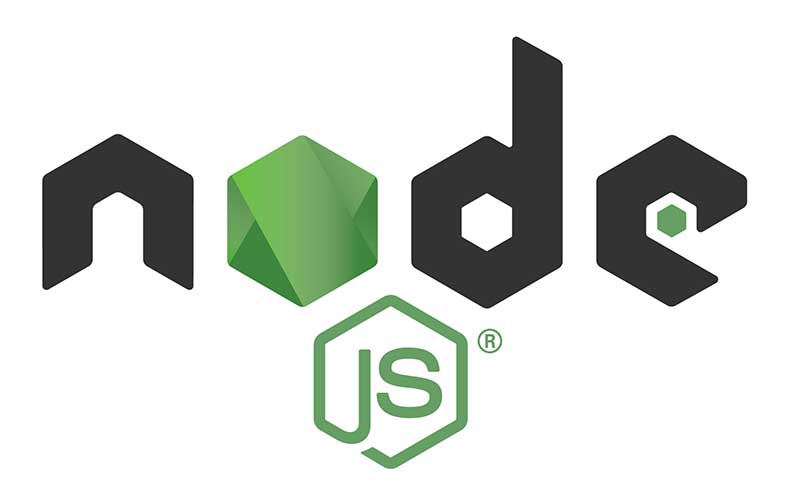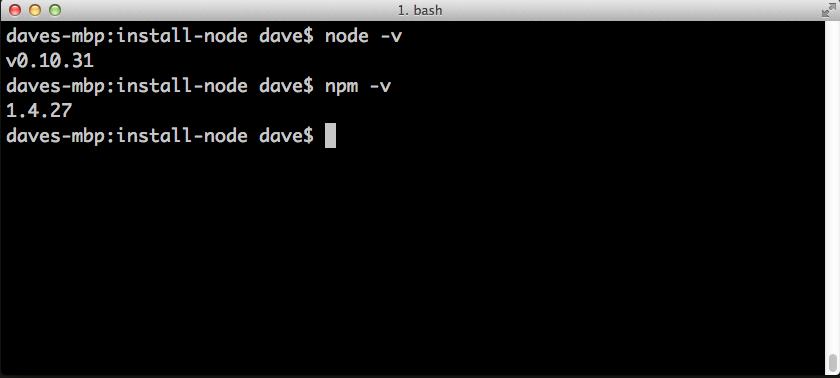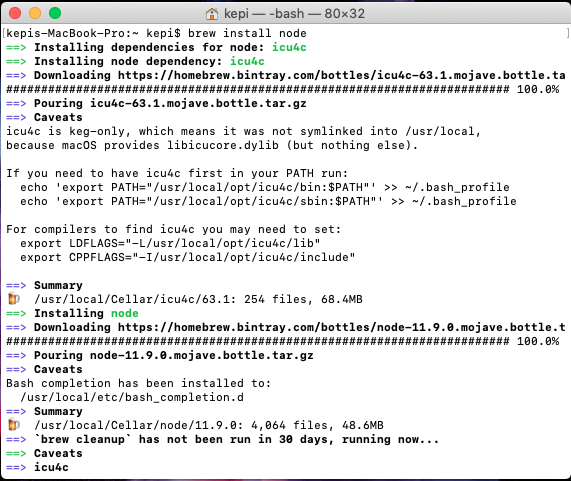Homebrew Npm
Homebrew is a free and open-source software package management system that simplifies the installation of software on Apple's operating system macOS as well as Linux.The name is intended to suggest the idea of building software on the Mac depending on the user's taste. Originally written by Max Howell, the package manager has gained popularity in the Ruby on Rails community and earned praise. Install Node.js and npm with Homebrew. First, install Homebrew. /usr/bin/ruby -e '$(curl -fsSL Then run brew update to make sure Homebrew is up to date. Brew update As a safe measure you should run brew doctor to make sure your system is ready to brew. Run the command below and follow any recommendations from brew doctor.
If you’re looking for an easy guide to install Node.js and npm on OS X and macOS — this is it.
Install Npm Mac Os
Before we get started, are you listening to JS Party? If not, you should be! Maybe start with our episode all about best practices for Node developers. ✊
The default method for installing Node.js is to download a pre-built installer for your platform, install it and make sure it’s on your $PATH.


However, if you’re a Homebrew fan like me and prefer to install all of your packages with it — ensuring your packages are installed using the same commands and directories and allowing Homebrew to easily manage upgrades and updates — then this guide will help you get started.
Homebrew Npm Nvm
Install Node.js and npm with Homebrew
First, install Homebrew.
Then run brew update to make sure Homebrew is up to date.

As a safe measure you should run brew doctor to make sure your system is ready to brew. Run the command below and follow any recommendations from brew doctor.
Next, add Homebrew’s location to your $PATH in your .bash_profile or .zshrc file.

Next, install Node (npm will be installed with Node):
To test out your Node and npm install, try installing Grunt (you might be asked to run with sudo):
Brew Node
Sealevel usb devices driver download for windows. If that worked then congratulations — you’ve installed Node.js, npm, and Grunt.

If not — retrace your steps or post a question to Stack Overflow.
Listen to related podcasts on The Changelog
Since you’re interested in Node.js, npm, and Homebrew — listen to some recent related podcasts we’ve done on those subjects.
Install Homebrew
Paste that in a macOS Terminal or Linux shell prompt.
The script explains what it will do and then pauses before it does it. Read about other installation options.
What Does Homebrew Do?
Homebrew installs the stuff you need that Apple (or your Linux system) didn’t.
Homebrew installs packages to their own directory and then symlinks their files into
/usr/local.Homebrew won’t install files outside its prefix and you can place a Homebrew installation wherever you like.
It’s all Git and Ruby underneath, so hack away with the knowledge that you can easily revert your modifications and merge upstream updates.
Homebrew complements macOS (or your Linux system). Install your RubyGems with
gemand their dependencies withbrew.“To install, drag this icon…” no more. Homebrew Cask installs macOS apps, fonts and plugins and other non-open source software.
Donate to Homebrew
Homebrew Blog
Analytics Data
Homebrew was created by Max Howell. Website by Rémi Prévost, Mike McQuaid and Danielle Lalonde.
